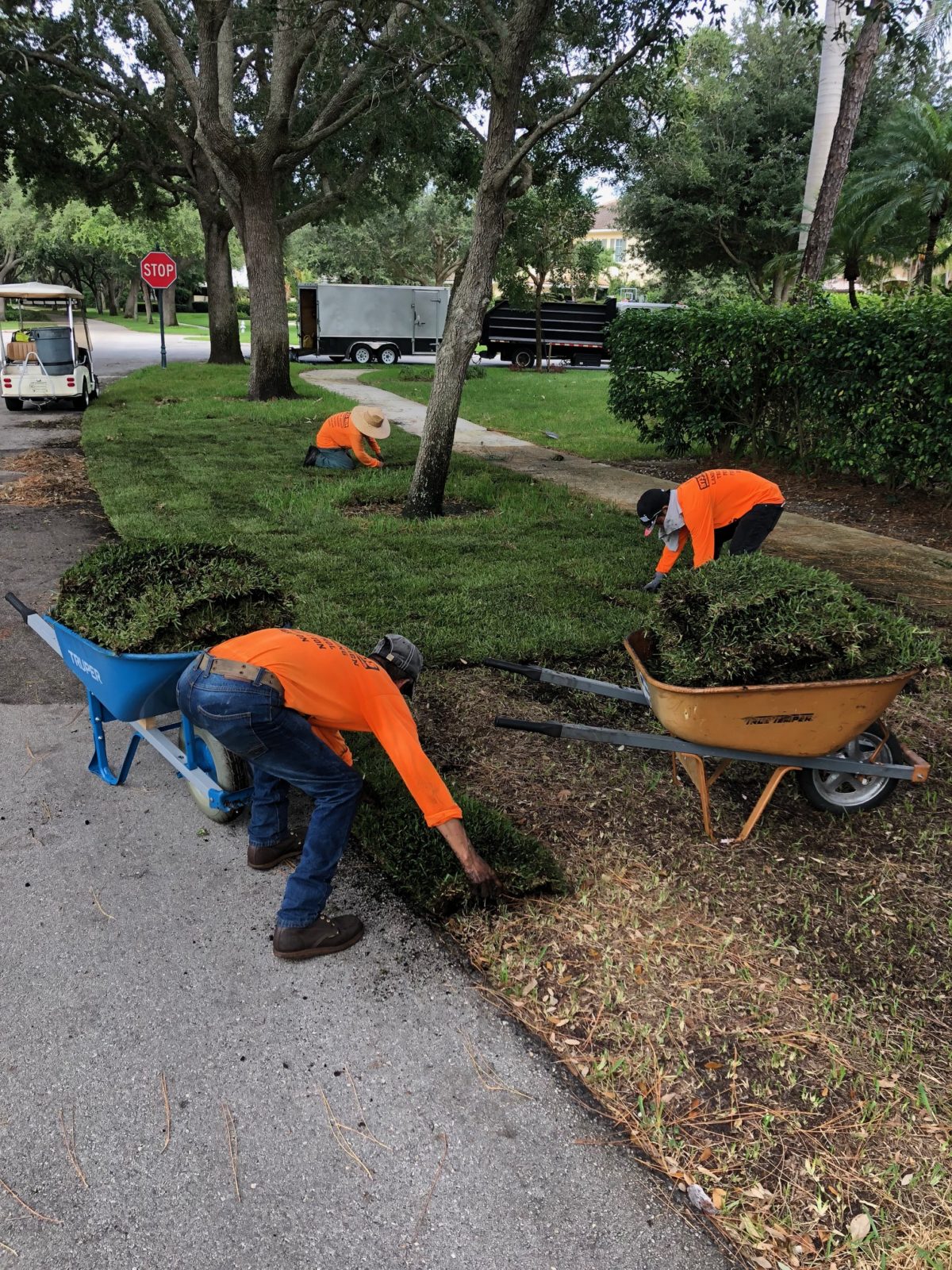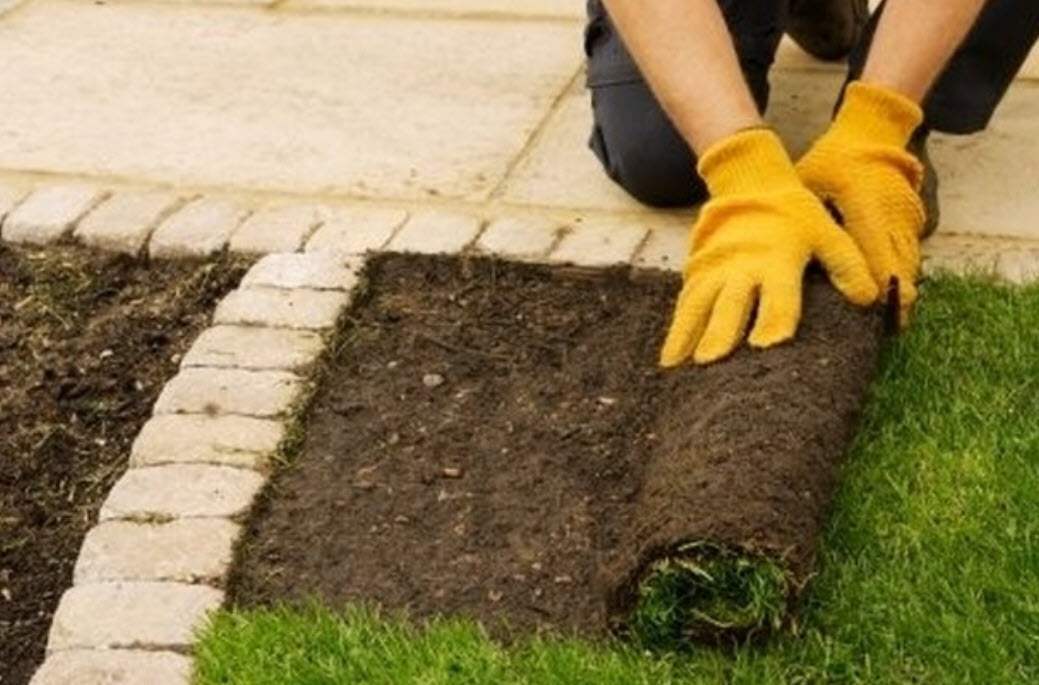It’s best to have a professional lay sod, but if you want to make it a DIY project, there are rules to laying sod for optimal success and the ground must be properly prepared to receive it. Sodding is an excellent way to rejuvenate a tired lawn or create a new lawn on bare soil.
It’s best to perform a pH test on your soil before sodding. Professional soil test kits are available, but will take approximately two weeks to obtain results. There are also rapid soil test kits that can be purchased at almost every garden center. The results will determine if any amendments to the soil will be required.
Measure the area to be sodded and purchase approximately 5 percent more to accommodate any odd curves or corners in the yard. Soil should be well-watered 24 to 48 hours in advance and plan on laying it the same day it arrives.
The type of turfgrass that’s being laid will determine when you lay the sod. For the best success, sodding should be performed during the grass’s most active growth cycle. Cool season grasses are best planted in early fall or spring, while warm season grasses should be planted in mid to late spring.
Laying sod isn’t as easy as you may think and it’s not like laying carpet. It needs to be laid in a brickwork pattern for optimal results. All the sides and edges shouldn’t be aligned. The strips should be laid tightly together for even seams with no gaps. There should be no overlapping of ends or edges, as that will only serve to create a bumpy lawn.
Use your thumbs to push the edges together along the seams for a snug fit and to eliminate any air pockets. The sod will come in longer sized rolls, but if you happen to end up with shorter pieces, place them in the middle of your patchwork design to prevent them from drying out. Use a lawn roller to push the sod firmly down after its laid
Your new sod will need to be thoroughly watered as soon as its laid and every day thereafter unless it rains. Don’t let water puddle. After the first week, you can reduce watering to every other day. New grass should be at least 3 inches long before you mow it the first time.
RCH Landscaping is a full-service landscape company based in Boca Raton, Florida. We design, install and maintain Commercial and Residential landscapes all around Boca Raton, Delray Beach, and The Palm Beach areas. Our team of highly skilled landscape technicians has an undisputed track record of creating and maintaining beautiful commercial and residential landscapes all over South Florida.
Contact RCH Landscaping Today for a Free Estimate


